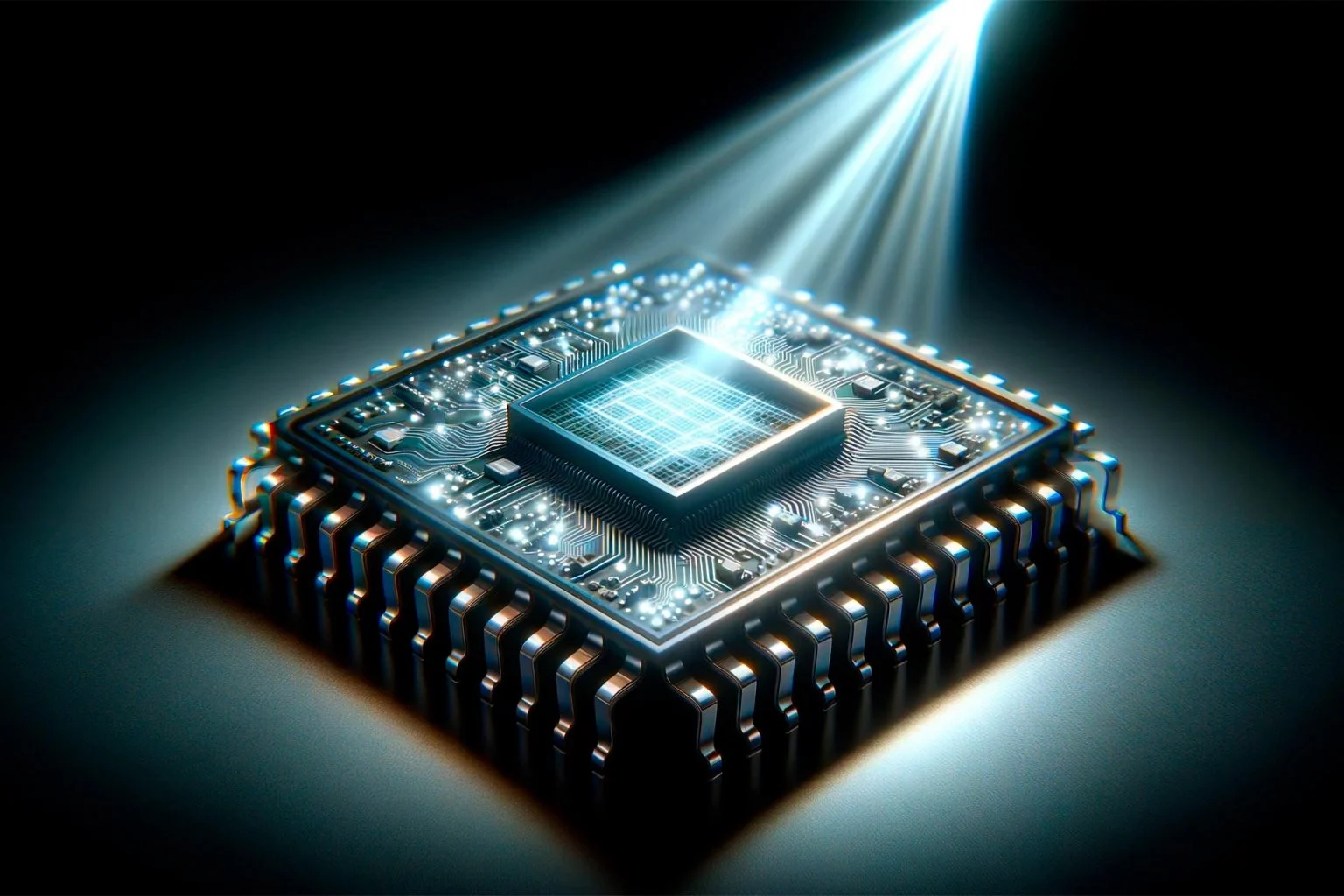Graphene could be ideal for quantum bits.
"In the BLG double quantum dot used in this work, electrons (the blue spheres) have both an intrinsic angular momentum (spin, given by the arrows through the spheres) and a pseudo-spin (valley, given by the rings rotating in opposite directions). Credit: ETH Zurich/Chuyao Tong" (ScitechDaily, Redefining Quantum Bits: The Graphene Valley Breakthrough)
Graphene can form new types of quantum bits. There are two ways to use graphene as qubits. In the first model, the carbon atoms trap qubits into the electric field in the graphene structure. In some other models, the system puts electromagnetic fields around carbon atoms into superposition and entanglement.
Graphene is a carbon atoms 2D network, and if the carbon atoms or their quantum fields can turn into the superposition that makes the new visions for the room-temperature quantum computers. Superposition means that particles oscillate with the same frequency.
In regular quantum computers, qubits are stabilized at a very low temperature. But it's possible to make this stabilization by using high-pressure materials. Some materials can turn superconducting near zero Celsius and at reasonable pressure. The problem with those materials is that they are expensive.
The graphene on microchips can turn into superconducting or stable conditions using two ways.
1) The system can press that graphene by using lasers.
2) Or by using acoustic systems. In the last ones, graphene is between carbonite crystal layers. The pressure system presses those layers together.
"Scientists have innovated a compact semiconductor chip integrating electronics with photonics, drastically enhancing RF bandwidth and control. This breakthrough, pivotal for advanced telecommunications and radar systems, marks a significant step in semiconductor technology, boosting Australia’s potential in semiconductor research and manufacturing (Artist’s concept). Credit: SciTechDaily.com" (ScitechDaily, Revolutionary “LEGO-Like” Photonic Chip Paves Way for Semiconductor Breakthroughs)
This type of microchip can act as a tool. That transforms traditional bits into qubits. The system can involve a graphene layer. That the lasers or acoustic pressure systems transform into qubits.
The problem is that the material turns superconducting in a very high pressure. The 2D graphene can turn into superconducting by pressing its lasers. The 2D structure will not break in the high pressure that comes from both sides of that structure. And that system makes it possible to create microchips.
There is a graphene layer on them. Then the computer system just presses that graphene layer with pressure. That is created by using lasers or acoustic systems. In acoustic systems, the monotonic sound presses the gas flow that travels over carbonite chrystal. Then that chrystal presses the graphene.
The superconducting condition makes it possible that the system can control the qubits, and information that flows in it. The problem with qubits is that they are sensitive to oscillation. Oscillation is the thing that causes problems with quantum entanglement.
In quantum computers, information is stored in qubits. The qubit is a particle and information is on it as layers. Then the system transports information between point A to the point by putting two particles into the superposition and entanglement. Then the entanglement. That is the power field that connects those two superpositioned particles starts to transport information.
The entanglement is like a strap between particles. And those particles are like gear wheels. So the superpositioned and entangled particles are like gear. The superposition means that the particles oscillate with the same frequency.
The reason, why those particles must be in superposition is that the entanglement or strap that transports information jumps off those particles if they oscillate with different frequencies. So that's why those particles are frozen near zero Kelvin degrees.
But there is another way to make stable conditions. It's possible. That lasers can push the particles from different directions. And that thing stabilizes qubit. Graphene is the most promising thing for that purpose because it's a 2D material.
https://scitechdaily.com/revolutionary-lego-like-photonic-chip-paves-way-for-semiconductor-breakthroughs/
https://scitechdaily.com/redefining-quantum-bits-the-graphene-valley-breakthrough/






No comments:
Post a Comment
Note: Only a member of this blog may post a comment.